One of the most common dilemmas photographers face is choosing between Manual Mode and Auto Mode on their cameras. While some swear by Manual Mode for its total creative control, others prefer the convenience of Auto Mode, especially when speed is essential. But which one is best for your photography? In this guide, we will explore everything about Manual vs. Auto Mode, including their advantages, disadvantages, and when to use each. By the end of this article, you’ll have a clear understanding of which mode suits your style and needs the most.
Table of Contents
- What Are Manual and Auto Modes?
- Understanding Camera Settings in Both Modes
- Manual Mode: Pros, Cons & Best Use Cases
- Auto Mode: Pros, Cons & Best Use Cases
- Manual vs. Auto Mode for Different Photography Styles
- Learning to Transition from Auto to Manual Mode
- Tips for Mastering Manual Mode
- When Auto Mode Can Be Your Best Friend
- Common Myths About Manual vs. Auto Mode
- Conclusion: Which One Should You Use?
1. What Are Manual and Auto Modes?
Before we dive into the pros and cons, let’s break down Manual and Auto Modes:
Manual Mode (M)
Manual Mode gives photographers complete control over camera settings. You adjust the shutter speed, aperture, and ISO yourself to achieve the desired exposure and creative effects.
Auto Mode
Auto Mode is designed for convenience. The camera automatically selects the best settings based on lighting conditions, scene composition, and motion detection.
2. Understanding Camera Settings in Both Modes
Exposure Triangle in Manual Mode
To master Manual Mode, you need to understand the three key settings that determine exposure:
- Aperture (f/stop): Controls depth of field (background blur or sharpness).
- Shutter Speed: Controls motion blur or freeze action.
- ISO: Determines brightness and noise level in the image.
How Auto Mode Works
In Auto Mode, the camera analyzes the scene and adjusts the settings based on its built-in metering system. While this is helpful for quick shots, it may not always achieve the desired artistic look.
3. Manual Mode: Pros, Cons & Best Use Cases
Pros of Manual Mode:
✅ Total creative control over exposure and composition.
✅ Perfect exposure in tricky lighting situations.
✅ Intentional motion control for long exposures or action shots.
✅ Ideal for professional and artistic photography.
Cons of Manual Mode:
❌ Requires a learning curve and understanding of exposure settings.
❌ Slower adjustments in fast-moving environments.
❌ Not ideal for quick, on-the-go photography.
Best Use Cases for Manual Mode:
- Portrait Photography: Allows control over background blur and lighting.
- Night Photography: Helps achieve long exposure shots.
- Astrophotography: Captures stars and celestial objects effectively.
- Studio Photography: Works best with controlled lighting setups.
4. Auto Mode: Pros, Cons & Best Use Cases
Pros of Auto Mode:
✅ Quick and easy to use—perfect for beginners.
✅ Great for unpredictable or fast-moving scenes.
✅ Automatically adjusts settings for different lighting conditions.
✅ Allows photographers to focus on composition rather than settings.
Cons of Auto Mode:
❌ Less creative control over settings.
❌ May not expose images correctly in challenging lighting conditions.
❌ Can use higher ISO, causing more noise.
Best Use Cases for Auto Mode:
- Street Photography: Captures candid moments quickly.
- Event Photography: Helps in unpredictable lighting conditions.
- Travel Photography: Ideal for shooting on the go.
5. Manual vs. Auto Mode for Different Photography Styles
| Photography Style | Best Mode to Use |
|---|---|
| Landscape Photography | Manual Mode |
| Wedding Photography | Manual (with Auto-Focus) |
| Wildlife Photography | Auto Mode (Quick Adaptability) |
| Sports Photography | Auto Mode (Fast Shutter Speeds) |
| Astrophotography | Manual Mode |
| Macro Photography | Manual Mode |
| Travel Photography | A Mix of Both |
6. Learning to Transition from Auto to Manual Mode
Want to shift from Auto to Manual Mode? Follow these steps:
- Start with Semi-Auto Modes like Aperture Priority (A/Av) or Shutter Priority (S/Tv).
- Practice in controlled environments to understand how settings affect exposure.
- Experiment with different lighting conditions to improve adaptability.
7. Tips for Mastering Manual Mode
- Use a light meter to measure exposure accurately.
- Start with Auto ISO while manually adjusting aperture and shutter speed.
- Keep a settings cheat sheet for different scenarios.
- Practice regularly in various conditions.
8. When Auto Mode Can Be Your Best Friend
Even professionals use Auto Mode in certain cases:
- Fast-moving action shots (e.g., sports photography).
- Quick travel snaps where manual adjustments take too long.
- Learning a new camera to understand its capabilities before switching to Manual Mode.
9. Common Myths About Manual vs. Auto Mode
❌ Myth 1: Manual Mode is Always Better
✔ Truth: Auto Mode is useful in fast-paced scenarios.
❌ Myth 2: Professional Photographers Never Use Auto Mode
✔ Truth: Even pros use Auto or Semi-Auto Modes when necessary.
❌ Myth 3: Auto Mode Always Gives Bad Photos
✔ Truth: Modern cameras have advanced Auto Modes that produce great results.
10. Conclusion: Which One Should You Use?
Choose Manual Mode if:
✔ You want full creative control.
✔ You shoot in complex lighting conditions.
✔ You prefer custom creative effects.
Choose Auto Mode if:
✔ You need quick and convenient shots.
✔ You’re new to photography.
✔ You’re in a fast-paced shooting environment.
Final Thought:
Whether you use Manual Mode or Auto Mode, the key is understanding both and using them strategically to get the best results.

Mobile Photography Hacks: Candid Moments with Your Phone
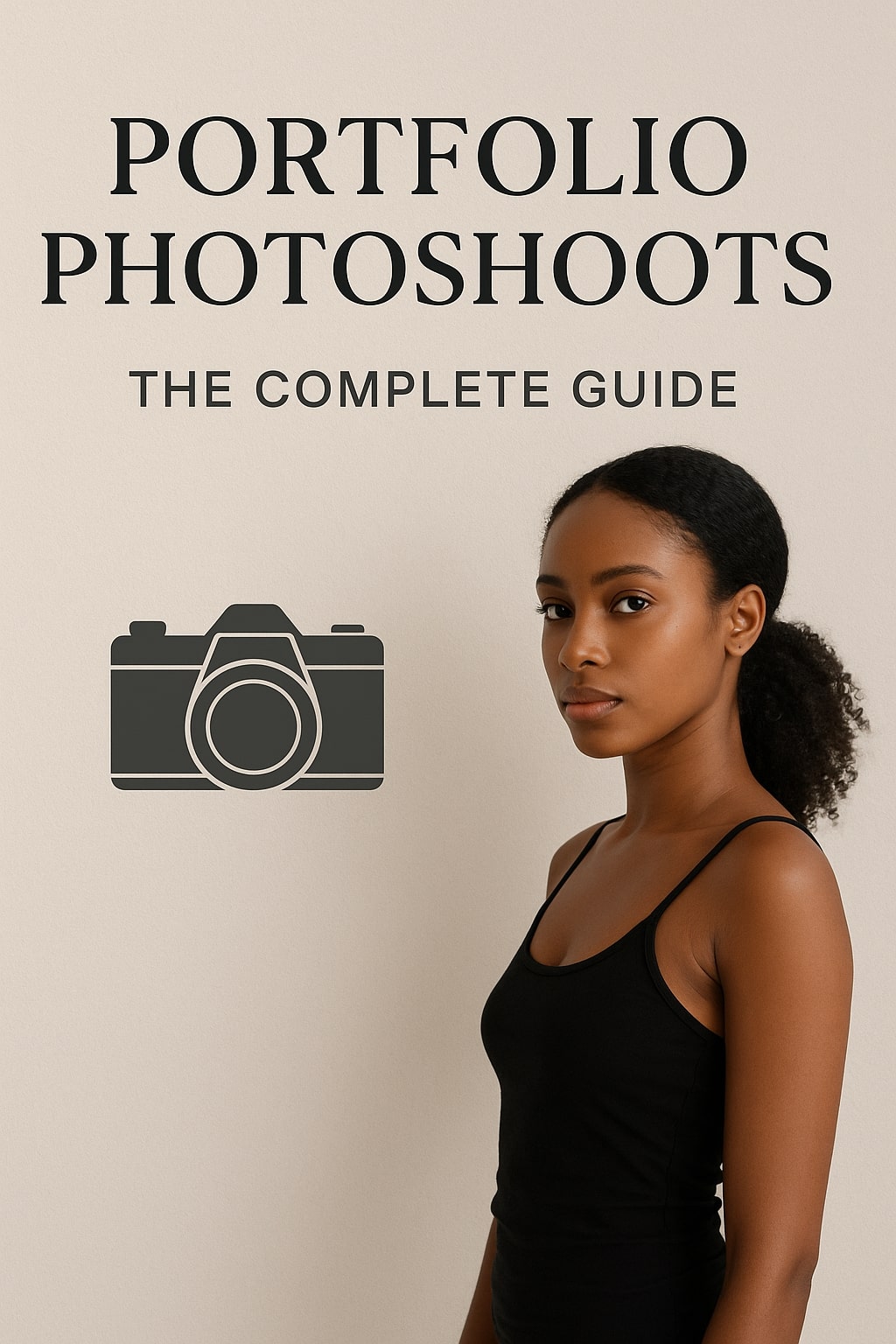
Professional Model & Portfolio Photoshoots: Show Your Best Work
-
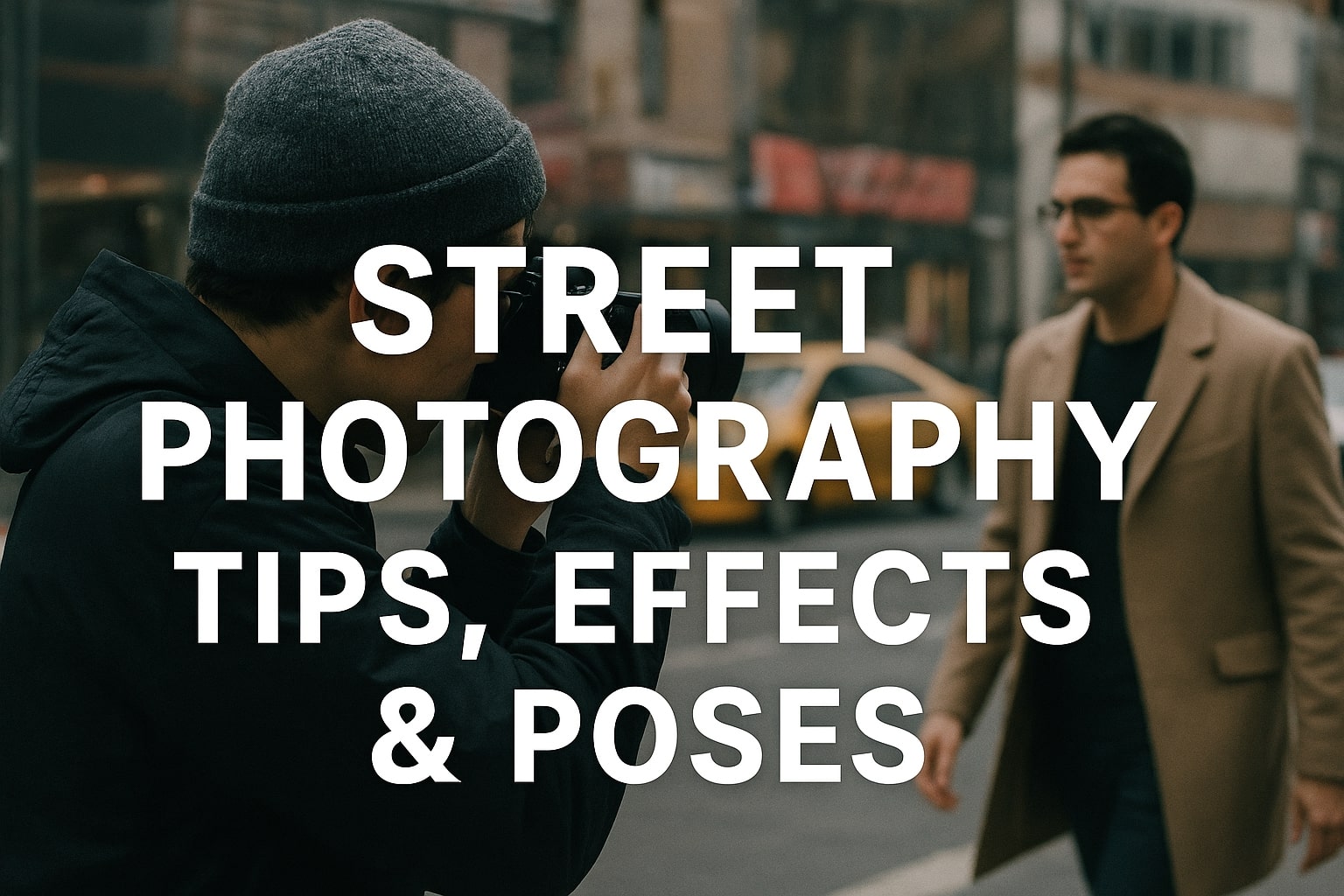
Street Photography Tips, Effects & Poses – Complete Guide
-
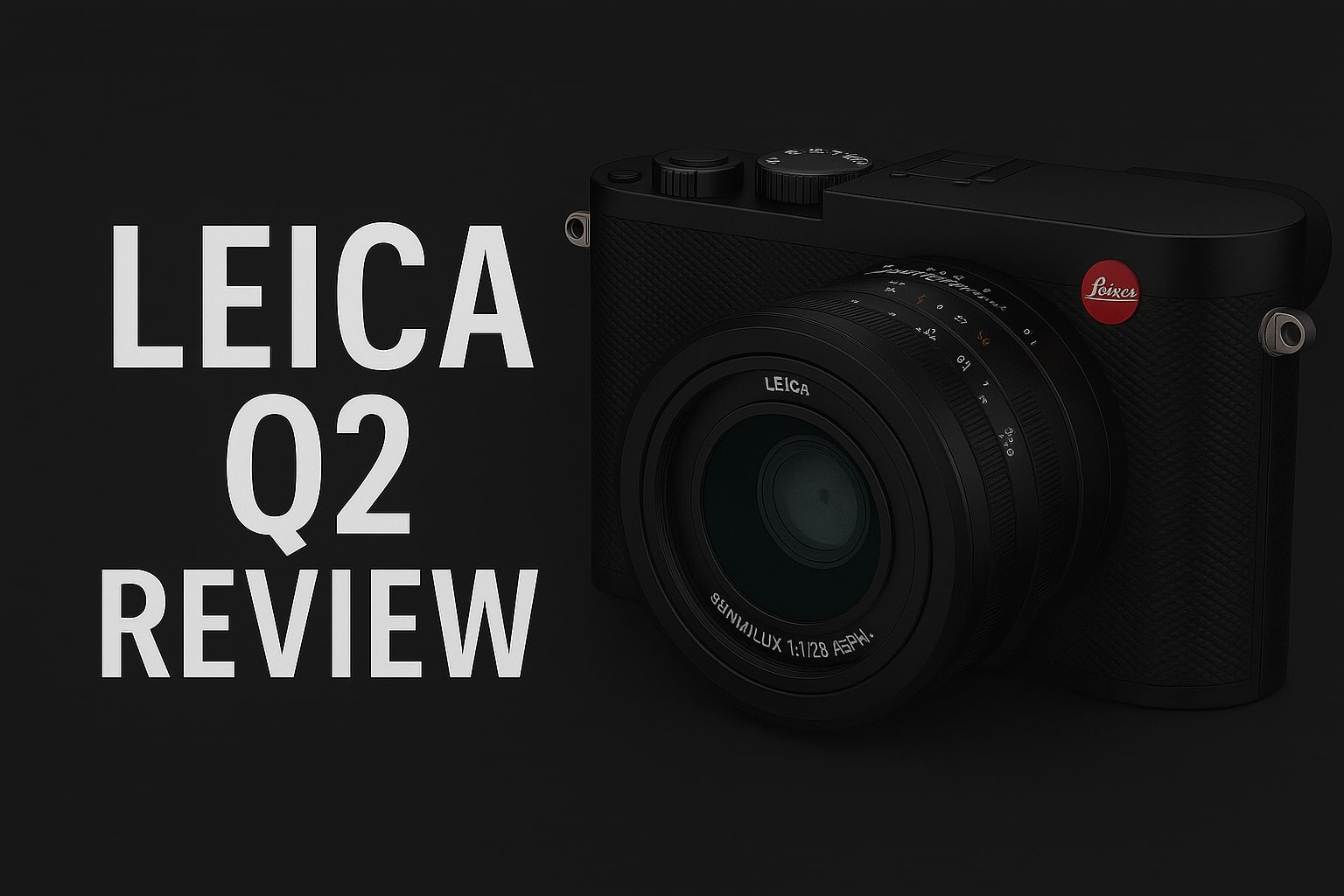
Leica Q2 for Photography: Why It’s Loved by Photographers
Mobile Photography Hacks: Candid Moments with Your Phone
Discover high-impact mobile photography hacks to capture genuine, gorgeous candid moments with your phone. Learn practical tips, composition secrets, and pro techniques to turn everyday scenes into stunning visual stories. Introduction: The New Age of Mobile Photography Photography has evolved beyond heavy cameras, technical jargon, and expensive equipment. Today, the power to capture extraordinary moments
Professional Model & Portfolio Photoshoots: Show Your Best Work
” Discover how to plan, style, and execute stunning portfolio photoshoots that showcase your skills, personality, and versatility. This comprehensive guide covers professional tips, posing ideas, gear suggestions, and industry insights for models and photographers.” Introduction – Why Portfolio Photoshoots Are the Cornerstone of a Photographer’s Career A well-crafted portfolio photoshoot is more than a
Street Photography Tips, Effects & Poses – Complete Guide
Discover the ultimate guide to Street Photography with expert tips, creative effects, and dynamic poses. Learn how to capture authentic urban moments, master composition, and tell powerful visual stories through your lens. Article Outline 1. Introduction to Street Photography Street Photography is more than just taking pictures of people in public spaces — it’s about
Leica Q2 for Photography: Why It’s Loved by Photographers
Introduction: The Cult Status of the Leica Q2 The Leica Q2 is not just a camera—it’s a statement. Combining the heritage of German precision engineering with modern digital excellence, it holds a special place in the hearts of professional and passionate photographers alike. With its full-frame sensor, prime Summilux lens, and minimalist design, the Q2
Top Cameras Under ₹1 Lakh for Freelance Photography
Freelance photography is no longer a niche—it’s a booming creative profession that demands not only vision and hustle but also the right gear. Your camera isn’t just a tool; it’s your storytelling partner. If you’re a freelance photographer aiming to balance performance, versatility, and budget, investing in a cameras under ₹1 lakh can offer the
Top Features of Nikon D850 That Make It Ideal for Photoshoots
Explore the top features of the Nikon D850 that make it a powerhouse for photoshoots. From exceptional resolution to dynamic range, this detailed Nikon D850 guide is built for professional and aspiring photographers. 1. Introduction When Nikon launched the D850, it quickly earned a reputation as a flagship DSLR that redefined what photographers could expect
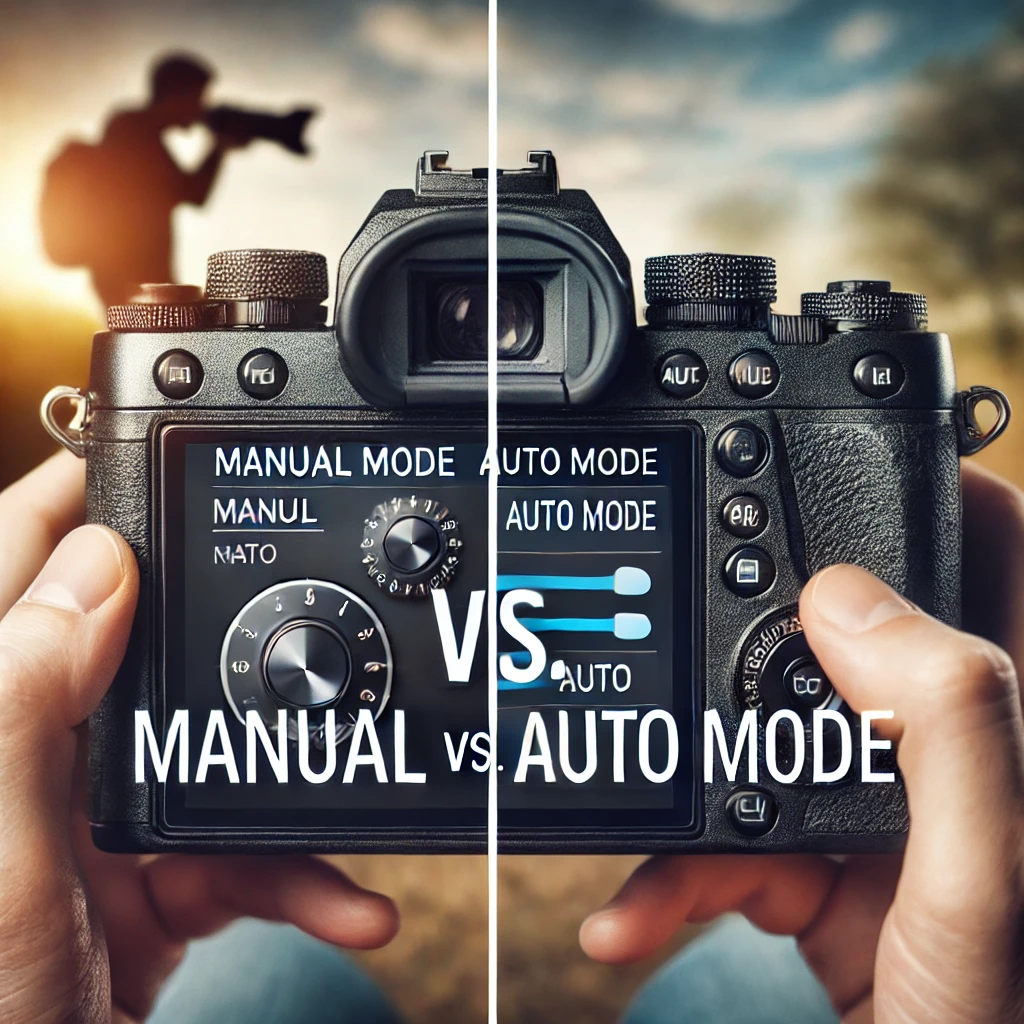

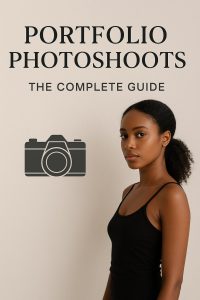
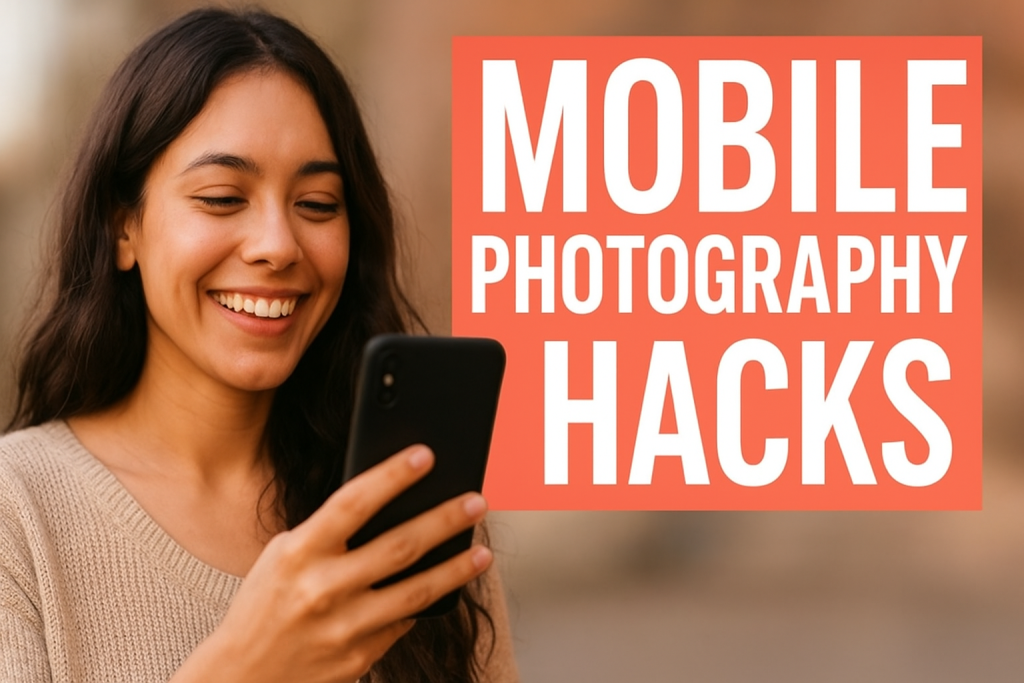
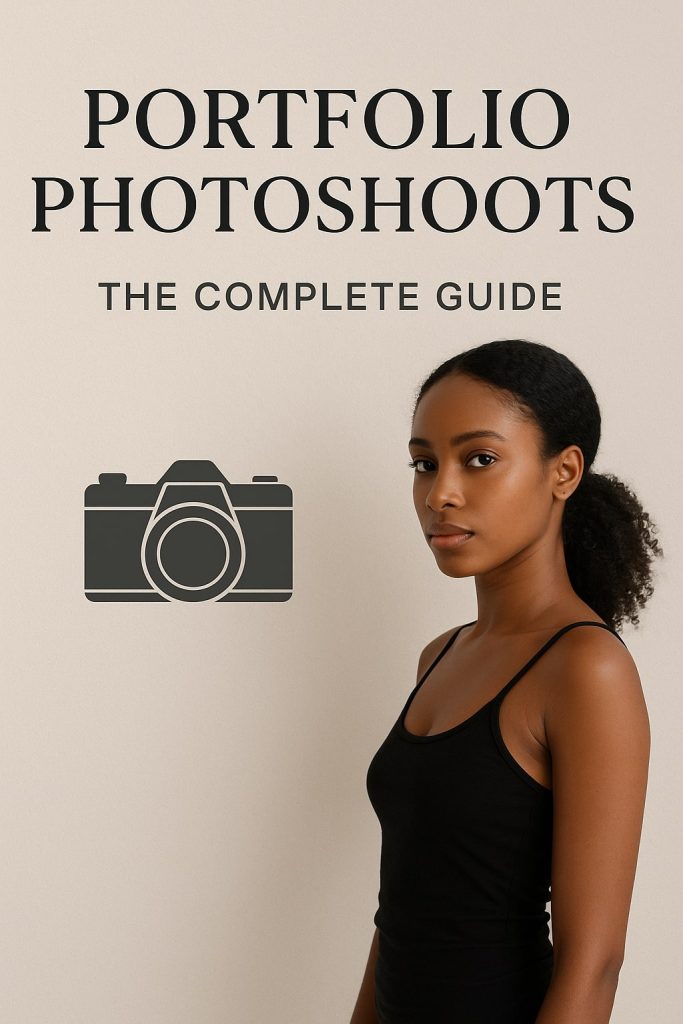
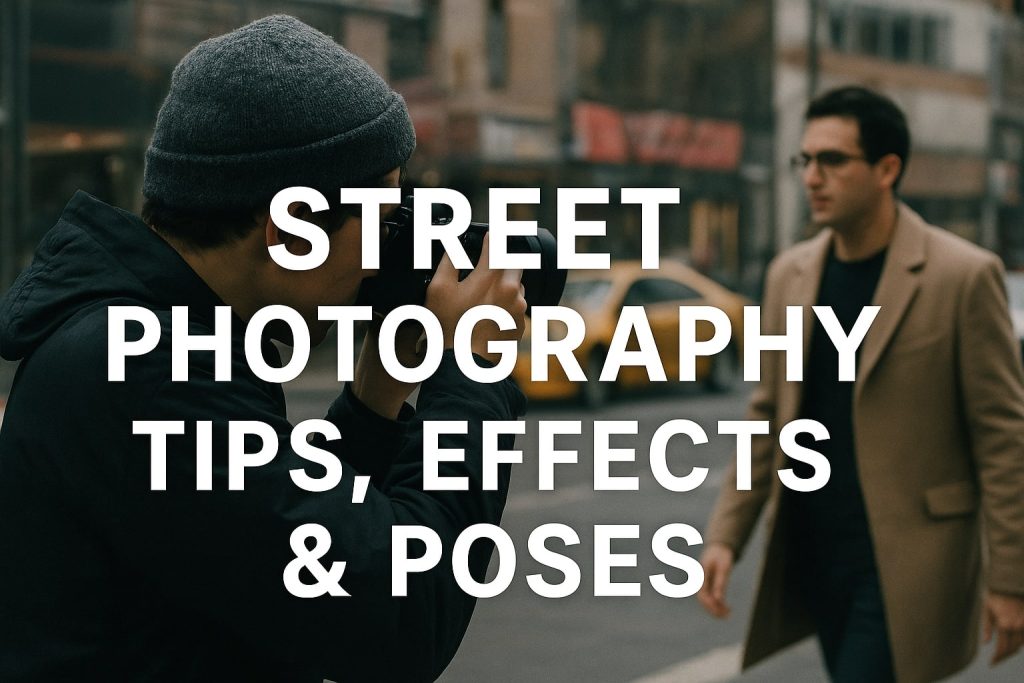
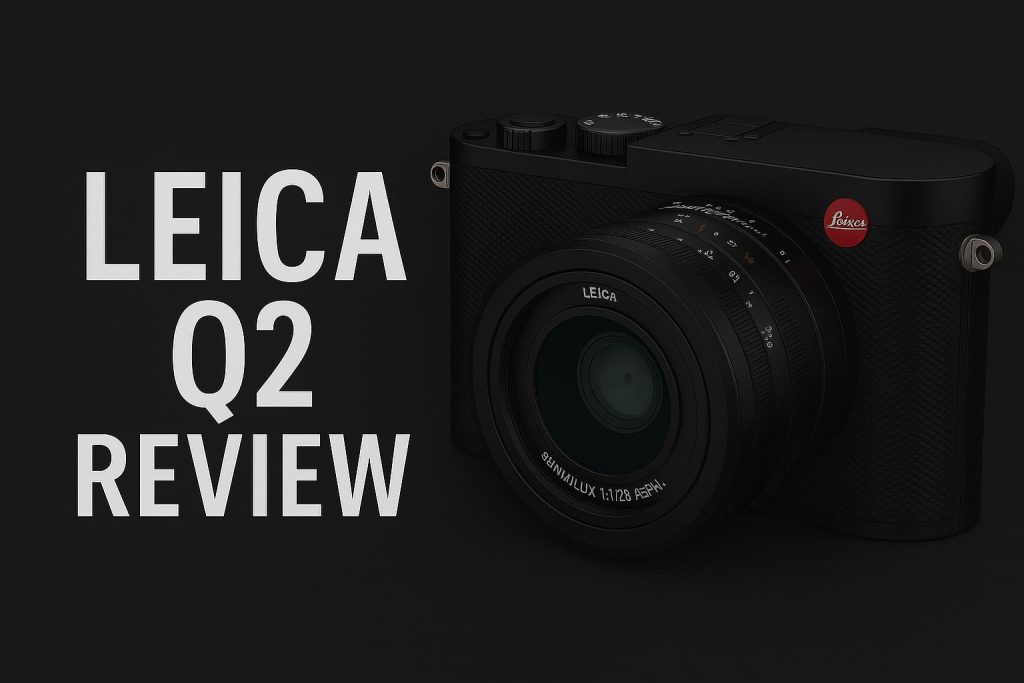
I’m really impressed with your writing skills and also with the layout in your
weblog. Is this a paid subject or did you modify it yourself?
Either way keep up the nice high quality writing,
it’s uncommon to peer a nice weblog like this one nowadays.
Stan Store!